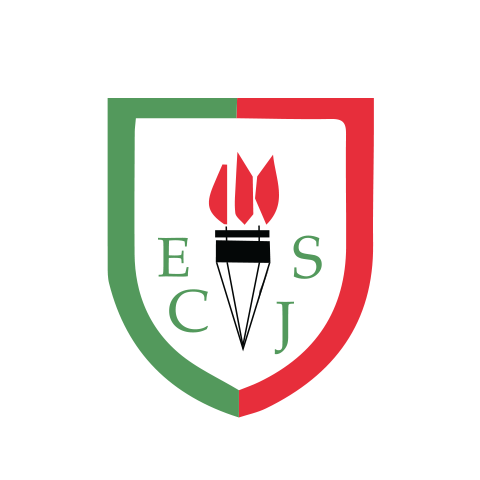
Eskdale Junior School
Think like a ... Designer!
Rationale:
Our curriculum is underpinned by our five core values, supporting pupils' academic and personal development, making learning and knowledge gain meaningful, developing pupils’ character and preparing them to be successful Eskdalers now and into the future. We achieve this by introducing pupils to the idea of our ‘Think like a..’ approach to their learning, enabling them to become a little more ‘expert’.
‘Think like a…’, including talk, write and read like a Designer is central to pupils' learning and designed to develop pupil oracy and vocabulary skills to enable them to use language associated with Design and Technology meaningfully when talking about their work and the work of others.
When reading like a Designer, pupils have opportunities to read across the curriculum to support the knowledge and vocabulary to be gained in the subject of Design and Technology.
When ‘Thinking like a Designer’, pupils will acquire knowledge, and enable them to skilfully attempt and apply their understanding. The Design and Technology curriculum is organised into a particular set of disciplines, including food and nutrition, mechanism, structures, systems, electrical systems, understanding materials and textiles. Pupils can revisit these key disciplines throughout their Primary journey at increasing degrees of challenge and complexity.
In addition to the substantive knowledge required to be successful within each discipline, pupils will be taught knowledge and skills within the key concepts of ‘Working as a Designer’: Design, Make, Evaluate and Apply.
To ensure that pupils are equipped with the knowledge and skills to experiment, invent and create their own work, think critically and develop a more rigorous understanding of Design and Technology, the subject is taught through the school’s process model:
- Investigate and research – evaluation of past and present product design, developing a critical understanding of its impact on daily life and the contribution to the creativity, culture, wealth and well-being of the nation.
- Design - develop their own ideas and design criteria based on product research and an understanding of how designers and designs have influenced the world.
- Make and Modify – use an increasing range of tools and equipment accurately, select appropriate materials and consider functionality and aesthetics when making prototypes and products.
- Evaluate – improve their ideas and products against their own design criteria whilst considering the views of others, their targeted audience and the purpose, appeal and innovation of their product.
Pupils will also follow the principles of nutrition and healthy eating to prepare and cook balanced meals, considering provenance, seasonality and sustainability of ingredients.
The teaching of Design and Technology is delivered through our method of teaching (pedagogy), which incorporates meta-cognitive strategies to enable all pupils to retain the learning of knowledge. This is typically applied by:
- Activating Prior Knowledge
- Small step teaching delivery
- Independent practice
- Feedback
How we adapt the Design Technology Curriculum for SEND Pupils
As part of our quality first approach to teaching, we use a range of strategies to support SEND pupils to access the Design Technology curriculum. The document below details examples of the adaptations that are made to support pupils in class.